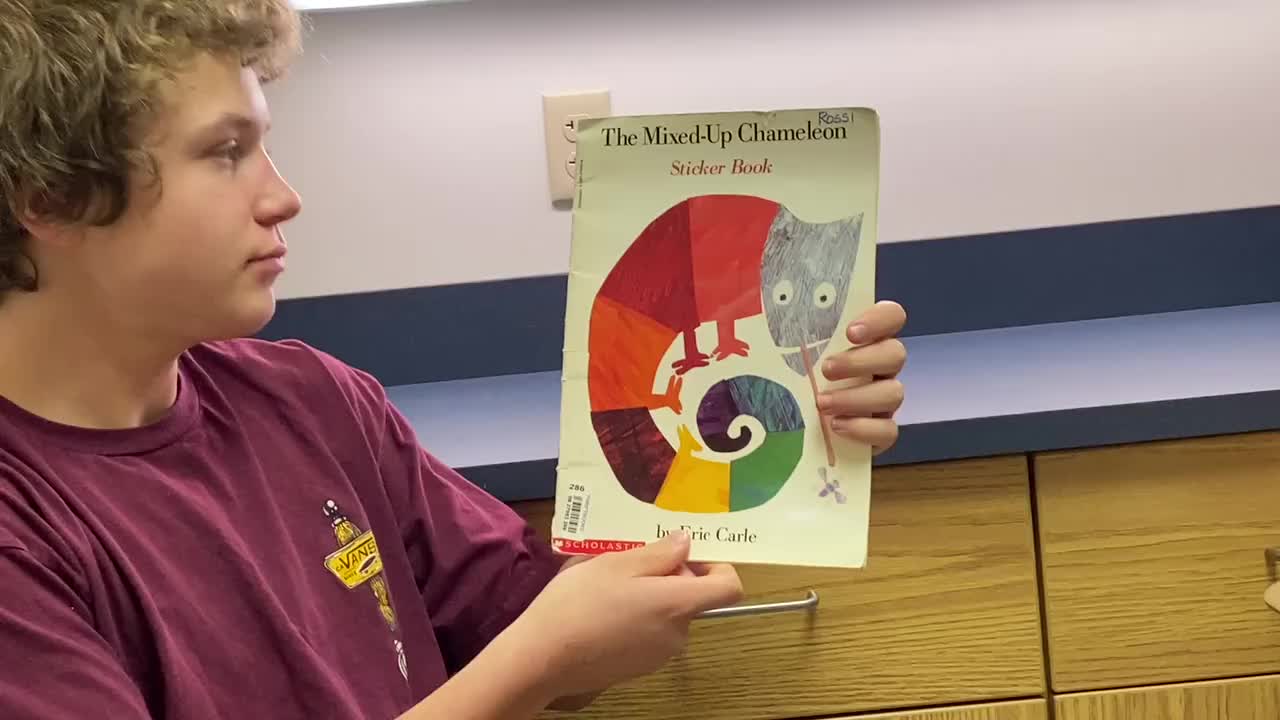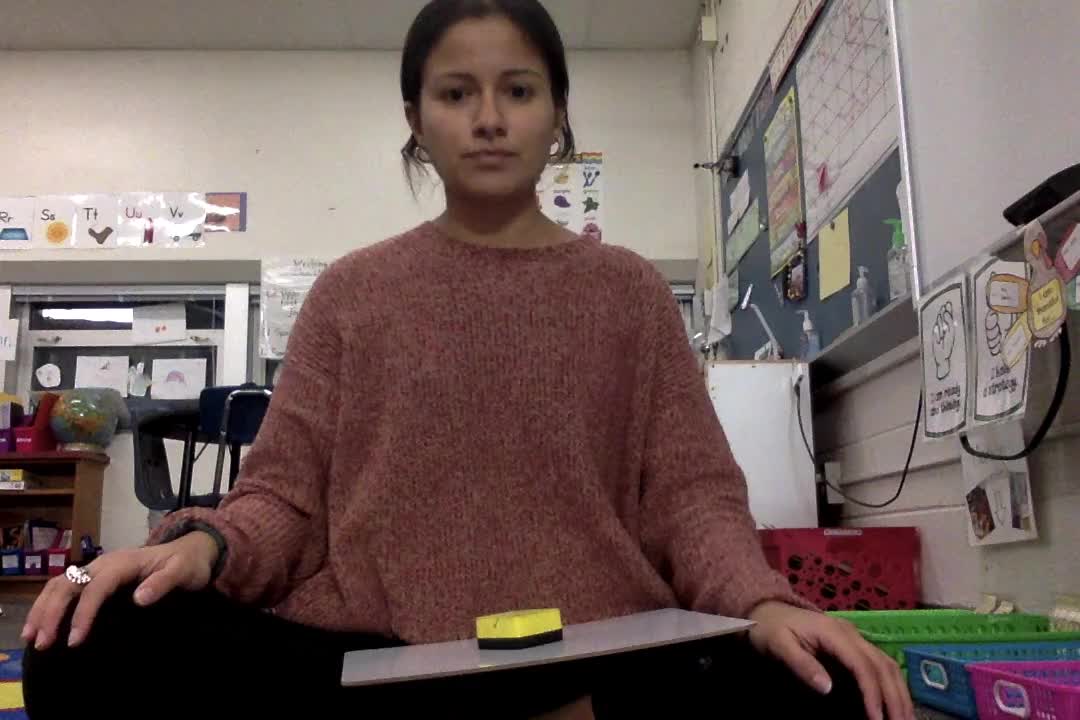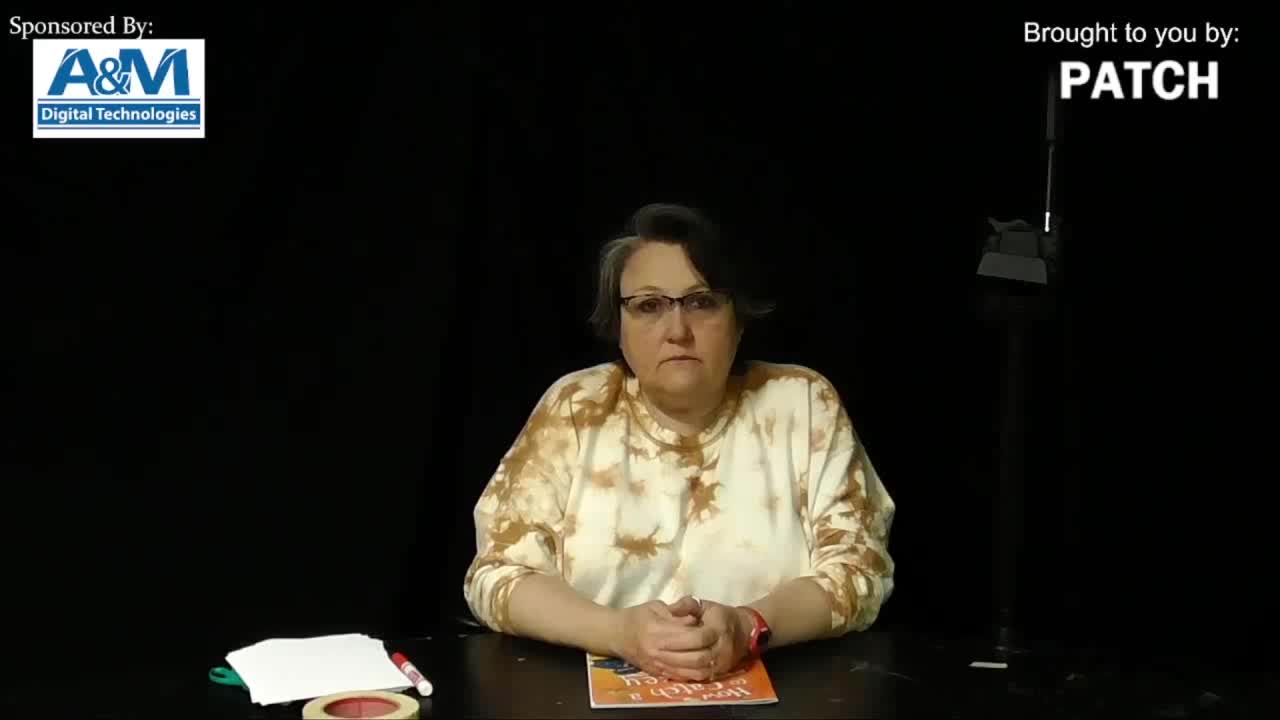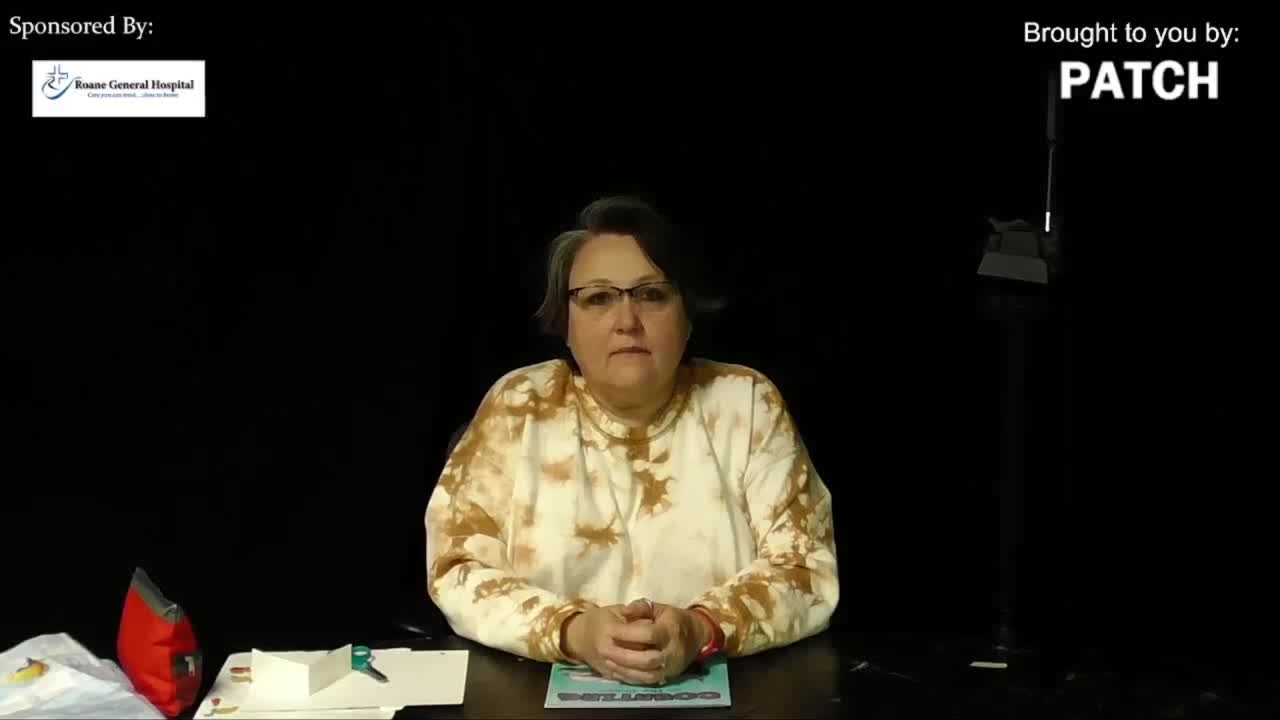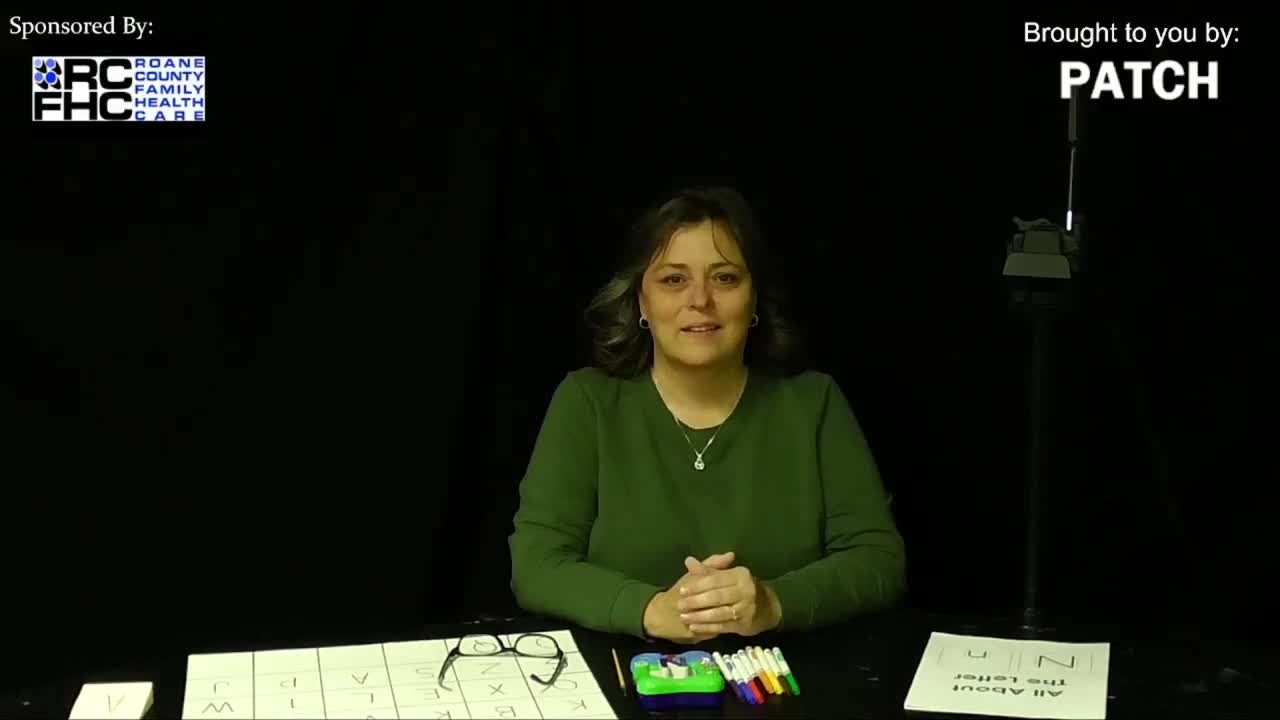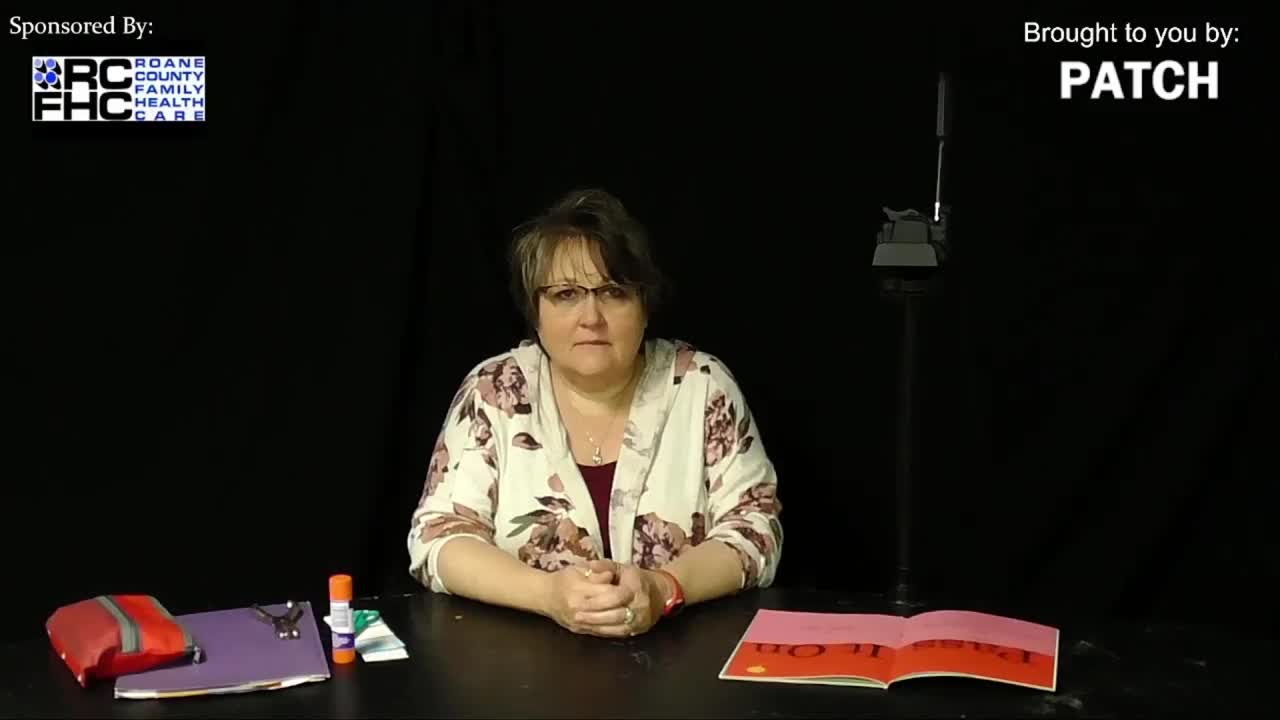Structural Criticism
Elementary / Language Arts / Reading
According to structuralism, when you analyse a text, the place where you will find its meaning is in the text itself, independent of the author’s mind and world, or the reader’s mind and world. It relates to form and, to a lesser extent, language. The meaning of a text can be found in analysing its larger structure: what is its genre? Does it make intertextual connections? Does it follow an established narrative structure? Is there a system of recurrent patterns or motifs? All texts follow one set of rules or another, and, as readers, it is our job – through reading a large number of texts – to discover these rules. Structuralism boils a text down to its bare bones in an attempt to figure out the “parts” that make it up. Structuralists are fond of using symbols to show how a text is merely the result of an almost mathematical formula (e.g., “Boy + Girl” might be a structuralist’s way of summarising most of the story of Shakespeare’s Romeo and Juliet). If you want to read a text like a structuralist, try to reduce the story to its simplest form. Also try to find as many patterns as possible in the text.






